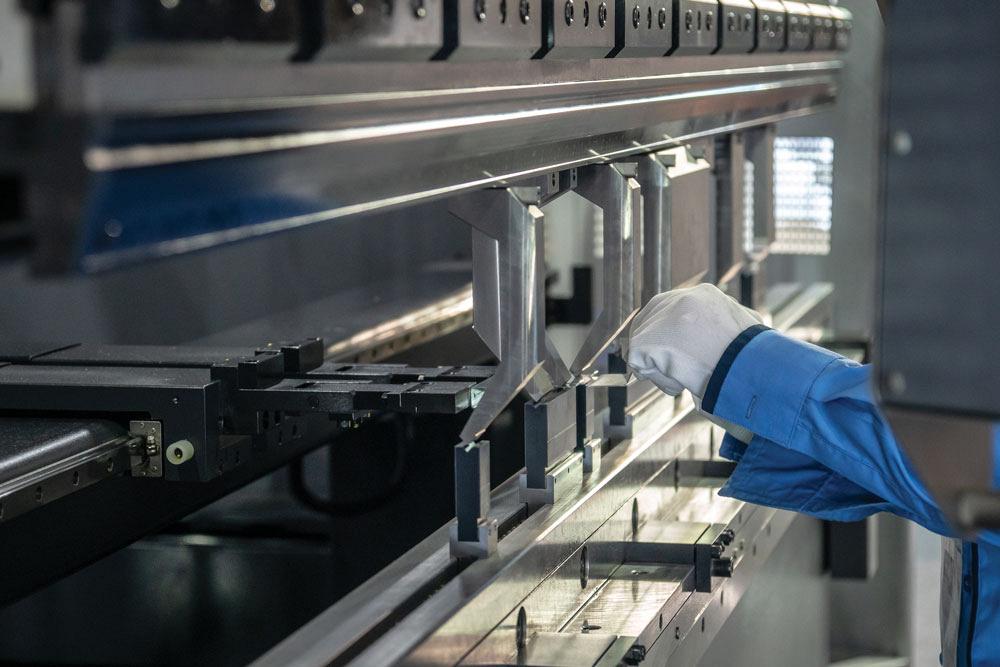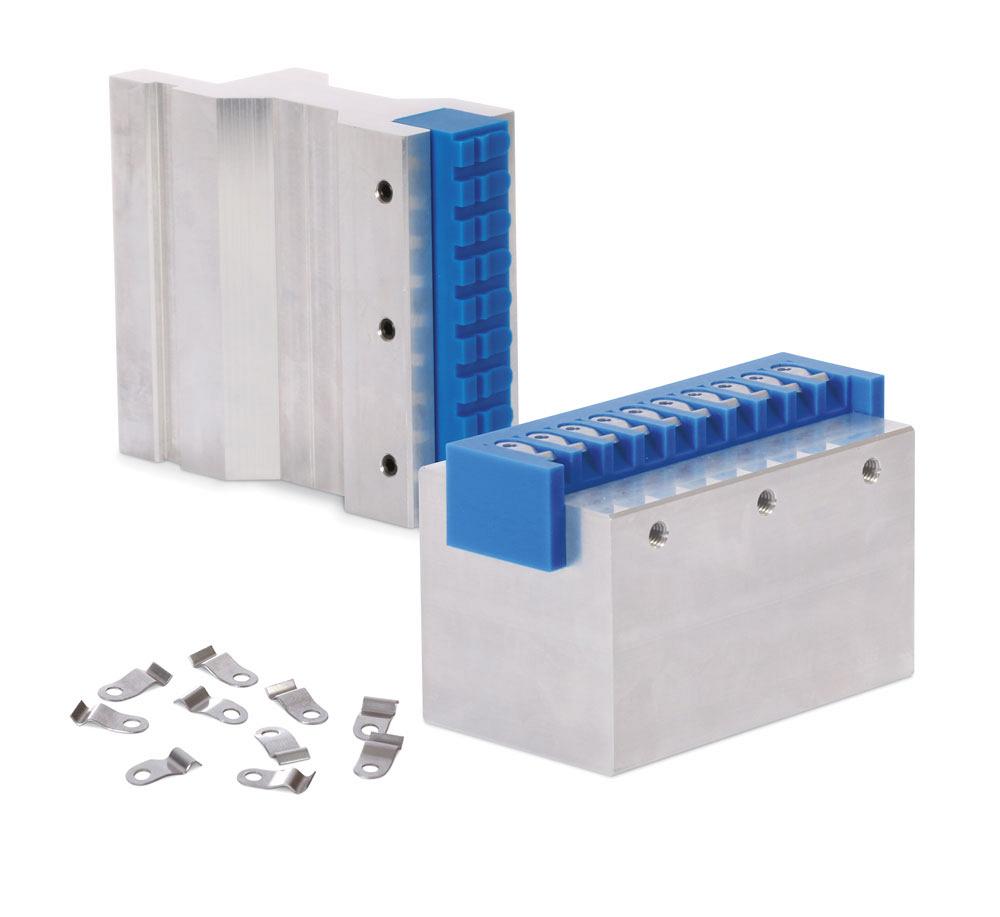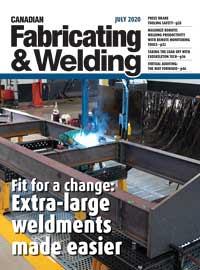Press Brake International Sales and Design Supervisor
- FMA
- The Fabricator
- FABTECH
- Canadian Metalworking
Press brake tooling safety considerations
Understanding the best tools for the job and how to handle them keeps everyone safer
- By Steve Brown
- July 17, 2020
- Article
- Fabricating
Press brake bending is a critical operation in many fabrication shops. The press brake is also one of the few pieces of equipment with which an operator directly interacts, giving it the potential to be very dangerous. Proper tool management, however, can mitigate some of those risks. Following are a few ways to help you ensure your tooling is used as safely as possible.
Visual Inspection
Visual inspection might be the most obvious safety tip and the least practiced, yet quick general inspection of tooling can prevent problems. When a press brake tool is obviously abused, you may be able to see damaged surfaces, cracks or bent sections. Avoiding these tools will guard against unforeseen breakage and poor performance. Purge, get rid of, throw out the damaged tooling.
Tool Identification
Twenty-five years ago it was uncommon for tooling to be marked with a part number, V opening, and tonnage capacity so the risk of mismatching a punch and a die was greater than it is today. Thankfully, it is now fairly standard practice for suppliers to stamp their tooling with all of this information.
Despite this, there is still room for user error. As you load tools on your press brake, be sure that their tonnage matches your requirements. Some tools are not as strong as you may think, and an error can be catastrophic. The most common error in setup that can exaggerate tonnage on tooling is misalignment. Tooling is rated for equal forces applied to the centreline. When misalignment left to right and/or front to back is present in tooling, thrust front to back exists in the application and tonnage being applied to tooling is no longer equal on both sides.
Software advances are also making tooling selection easier. Ideally, every application run on your press brakes should have an associated electronic file loaded in the machine control to ensure the correct tool profile for the application has been selected. The brake commonly knows the punch, die, and V opening that should be loaded but doesn’t verify if they are loaded. An organized tooling library is a great way to help you create safe habits by creating a predictable way to find tooling.
Along with tool marking, tools can be colour-coded by material thickness or any other way to identify them, streamlining work flowing through the brake.
Tool Handling
In the past tooling was very long and heavy and was used for multiple jobs as an efficiency measure. These tools were unwieldy and difficult to handle safely. Common transportation of tooling would, and commonly still does, involve multiple people and machinery.
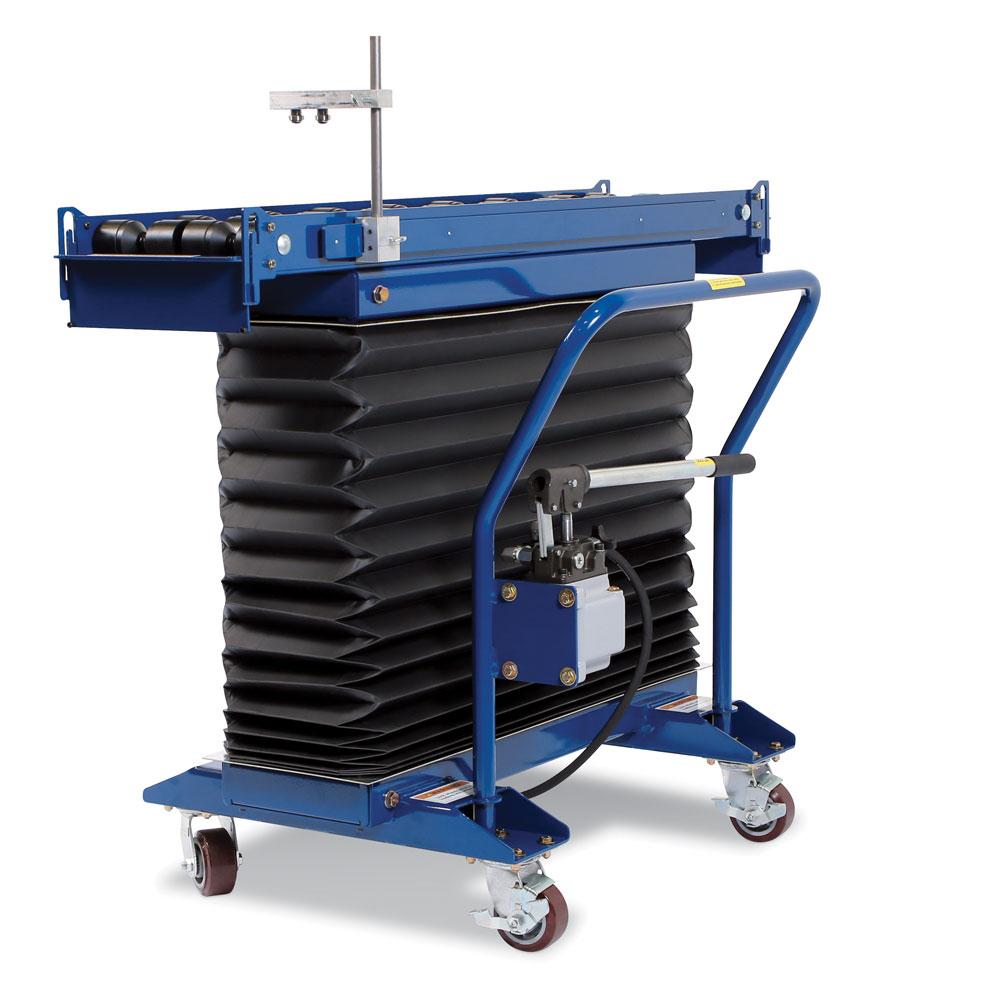
Even with shorter-length tooling, the repetitive action of lifting and securing punches and dies can be a challenge. It is now possible to get a cart with a scissor lift that is customized for press brake tooling so you can move punches into place with much less effort.
However, our adoption of shorter tooling can make us complacent about the potential strain on you through the repetitive action of loading and unloading tools. With fabricators’ desire to do more deep-box bending with a single tool rather than punch holders, punches have become extremely tall – 9 to 10 in. isn’t uncommon – and these tools can commonly weigh as much as 50 to 80 lbs. Even a 30 lb. tool can cause strain on you if you are continually handling it.
Those managing the processes around the press brake should consider tooling that is segmented in shorter lengths to make it easier for the operator to manage loading and unloading.
Even with shorter-length tooling, the repetitive action involved in lifting and securing the punches and dies can be a challenge. And sometimes heavier tooling is unavoidable. To manage loading and unloading better, it is now possible to get a cart with a scissor lift that is customized for press brake tooling so you can move punches into place with much less effort.
Even if you don’t have a cart that can lift the tools into place, it’s still important to have some type of system to move punches and dies to the brake to avoid an unhealthy weight lifting program from the tool crib to the press brake.
For those investing in new machinery, another option is to consider a brake with automated tool loading capabilities, a machine that is integrated with the software and the tool inventory. Both the time and physical labour savings of these machines can be a great benefit in both productivity and safety. Now you aren’t lifting the tooling every day, the tool crib lives within the machine, and tooling is programmed and verified by the machine. Tooling breakage and drops are reduced as well.
Part Design
Bending small parts creates the risk of getting your fingers pinched between the part and the punch. One way to manage this safety issue is to use tongs to hold the part during the bend.
While this method can work, other risks are involved: The part can slip, or your grip on the tongs can slip. Either way, it’s not an ideal approach.
The benefit of new tooling options like additively printed tooling is that suppliers can custom-build inexpensive forms for small parts that allow you to form them on a press brake without the risk of injury. This approach allows the tooling to create a nest for the small part that needs to be formed and potentially make all bends and even multiple parts with one hit. Now you set the part in the form, remove your hands and stroke the press brake – efficiently and safely.
If you are dealing with awkward, small parts, be sure to talk to your supplier about how you might be able to make your bending process safer with the correct tool for the application.
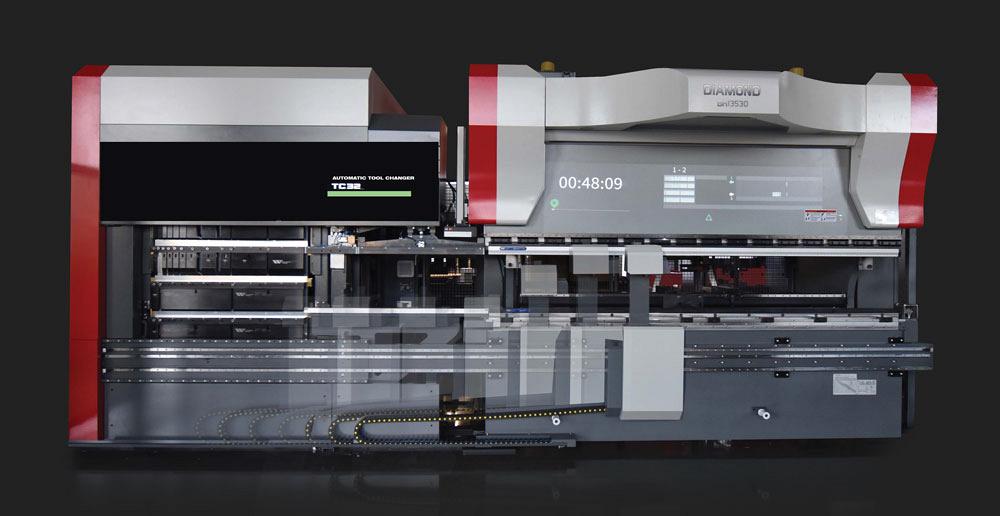
For those investing in new machinery, another option is to consider a brake with automated tool loading capabilities, a machine that is integrated with the software and the tool inventory.
Protective Wear
It’s not unusual to see people operating press brakes without protective gloves on. Not only is your body absorbing any oils from materials, it is easy to lose your grip on a part without the traction a proper protective glove gives you. Ensure that all operators in the press brake department are fitted out with properly sized gloves.
There are other important safety considerations not touched on in this article, of course, such as light curtains and best practices around the brake itself. However, ensuring you are using the best tools for the job, and that you are handling those tools properly, can help improve the safety and general wellness of press brake operators.
Steve Brown is press brake tooling and additive manufacturing product manager, Wilson Tool International, 12912 Farnham Ave., White Bear Lake, Minn. 551110, 651-286-5806, steve.brown@wilsontool.com, www.wilsontool.com.
About the Author
subscribe now


Keep up to date with the latest news, events, and technology for all things metal from our pair of monthly magazines written specifically for Canadian manufacturers!
Start Your Free Subscription- Trending Articles
CWB Group launches full-cycle assessment and training program

Achieving success with mechanized plasma cutting

3D laser tube cutting system available in 3, 4, or 5 kW

Brushless copper tubing cutter adjusts to ODs up to 2-1/8 in.

Welding system features four advanced MIG/MAG WeldModes
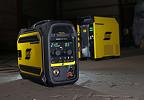
- Industry Events
MME Winnipeg
- April 30, 2024
- Winnipeg, ON Canada
CTMA Economic Uncertainty: Helping You Navigate Windsor Seminar
- April 30, 2024
- Windsor, ON Canada
CTMA Economic Uncertainty: Helping You Navigate Kitchener Seminar
- May 2, 2024
- Kitchener, ON Canada
Automate 2024
- May 6 - 9, 2024
- Chicago, IL
ANCA Open House
- May 7 - 8, 2024
- Wixom, MI













